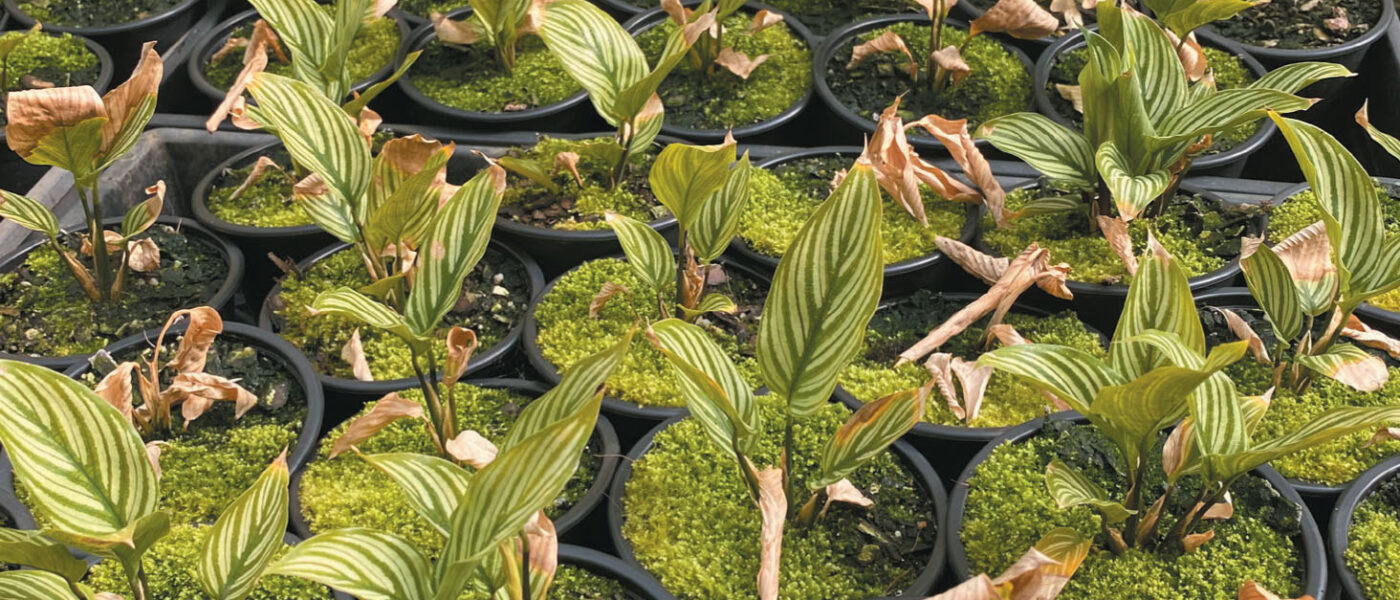Nursery Papers – Weed Management in Production Nurseries
Horticulture Innovation Australia Limited
BACKGROUND: This nursery paper can assist you to develop a weed management program for your nursery. The first step requires an understanding of the different types of weeds present and the appropriate management options for each weed.
Most weeds can be classified as broadleaf (dicots) or grassy weeds (monocots). Sedges, such as nutgrass, may be grouped with grasses on some herbicide labels, but they are not true grasses. Mosses and liverworts are also quite problematic in container nurseries. Aquatic weeds, like algae, may pose a problem in water storages and on solid surfaces in production areas.
It is recommended to identify and record all weed species in your nursery each season. This information can be used to build or update a flexible weed anagement plan. It is important to do this regularly as weed populations change over time, and some control measures are not effective against certain weeds.
It is critical to understand the lifecycle of the weed in your area to prevent them from setting seed. Most nursery weed seeds can germinate within a week, and some can set seed within 3–4 weeks. Seeds can be distributed via wind, water-splash, or explosive dehiscence, an effective seed dispersal mechanism, capable of spreading seeds metres away from the weed. Such weeds must be managed very proactively, even if plants are grown on benches.
The rest of this paper will summarise the most important management actions that will assist you in breaking the lifecycle of weeds at your nursery. As stated above, this is best done by using as many strategies as possible, cultural, physical and chemical.
To continue reading click here
Main photo: Weed infestation in containers can reduce plant growth and vigour by interfering with water and nutrient uptake

